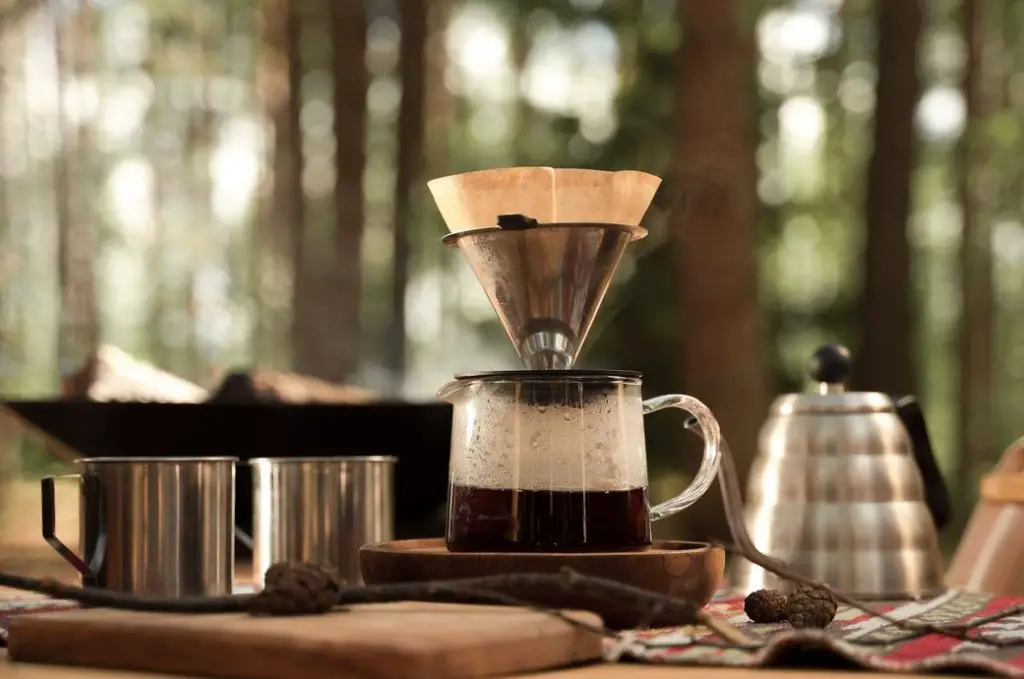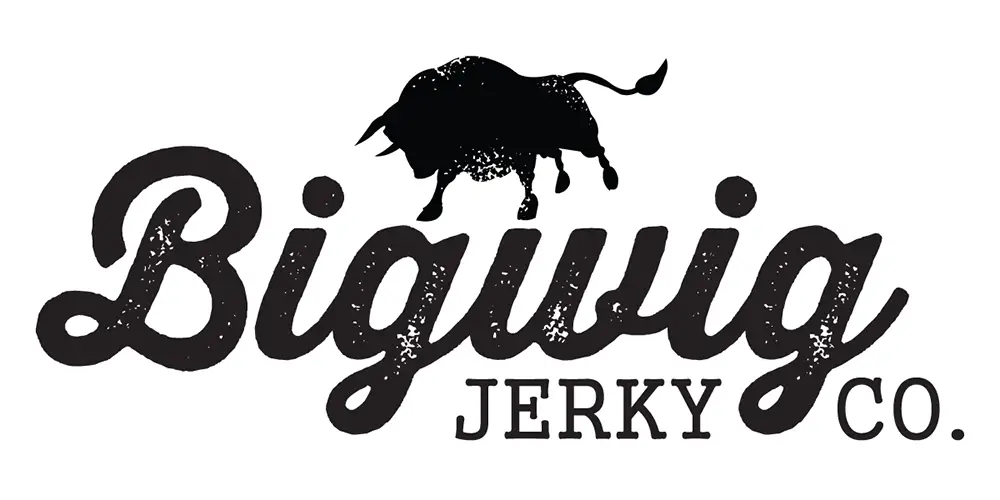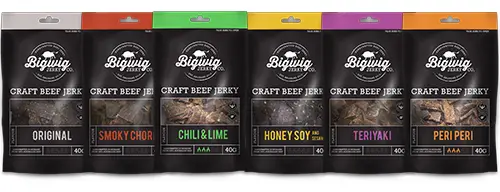What You Should Know Before Buying a Camping Coffee Maker
When buying a coffee maker to go camping, it’s best first review your camping style and choose a coffee maker that will be best suited. Factors such as size and type of coffee maker will be important.
Test at home first
Before heading out on the trails or getting to your site, brew some coffee with your new machine. As some brewers are better suited for either coarse or more finely ground beans, it’s crucial to be sure the brewer fits with your other coffee accessories and filters function flawlessly with your desired grind. Before leaving on your trip, make sure all essential items fit easily in your packing list. You don’t want to find out after you’ve gone off the grid that you’re lacking something for good operation or cleaning.
Ease of Use
Arriving at your campsite only to discover that you’ve forgotten the very precise coffee filters your coffee maker requires is very frustrating. Dealing with picky coffee makers that demand exact grind size, water temperature, or technique is just as bad.
Simple and easy-to-use coffee makers are what we choose for camping. Produce sure you pick a coffee maker that can make a respectable cup of coffee with whatever resources you have at camp, unless you’re a gourmet who has spent hours honing your pour over technique with a camping pot.
Easy use translates into simple cleanup. Will you typically stay somewhere with a faucet and flowing water while camping, or will you be attempting to wash your coffee maker with a water pouring method?
Final Taste
Depending on the type of coffee machine you are using, even with the exact same grinds, the resulting cup’s flavour can differ greatly. Make sure the coffee maker you choose isn’t overly finicky, or that you’re ready to put in the effort to learn how to use it properly and all of its quirks.
Overall Brew Time
You might be tempted to choose the quickest route to acquire your coffee because it can be difficult to be patient while you wait for your morning brew. It would be worthwhile to wait longer and have a big pot ready if you’re the kind to regularly drink 4 or 5 cups in the morning.
Size & Packability
If you are car camping and have unlimited space, we advise choosing according to preference and practicality rather than packability. It’s worth sacrificing a little taste or convenience for durability and packability for campers or backpackers with limited room.
Number of people
How many people will be waiting in line for a cup of coffee at the campsite kitchen in the morning? Some portable coffee makers for camping may only be able to brew one or two cups at once, but others may serve up to ten people.
Camping Coffee Maker FAQ's
Q. What is cowboy coffee?
Instead of letting the water pass through the coffee grounds before brewing, cowboy coffee is created by plunging the grounds right into hot or boiling water. Due to the time of exposure to the coffee, it’s very simple to oversteep and produce burnt or bitter coffee. A common recommendation is to first boil the water, then let it cool down a bit before adding the coffee. Add a splash of cold water after two minutes of steeping to help the grinds sink to the bottom. You’re less likely to swallow coffee grounds if you use finely ground coffee.
Q. How to make pour over coffee?
Pour-over coffee is comparable to the coffee that comes from a countertop machine at home; it is the camping equivalent of drip coffee. To prevent the grounds from going into your cup, you need to make it using a little filtering equipment and typically disposable filters. If you’re brewing coffee for a large gathering, a large water bottle works nicely because it allows you to brew directly over a mug or other container.
To start brewing, moisten your filter to get rid of the flavour of paper. After adding coffee grounds to the pour-over in a 1:16 ratio, slowly pour hot water that is just below boiling over them. Pause for 30 seconds after the initial saturation of the coffee to allow it to bloom. Then keep pouring rounds in. The water has more time to permeate the coffee grounds and absorb flavour when you pour it more slowly. To equally cover all the grounds, pour the water in a slight circular motion. Pouring over requires patience because the idea is to have the coffee drip into the cup rather than flow into it.





